Meditative Imagery Visualisation: Creative Light and Shadow Photography Open Toolkit
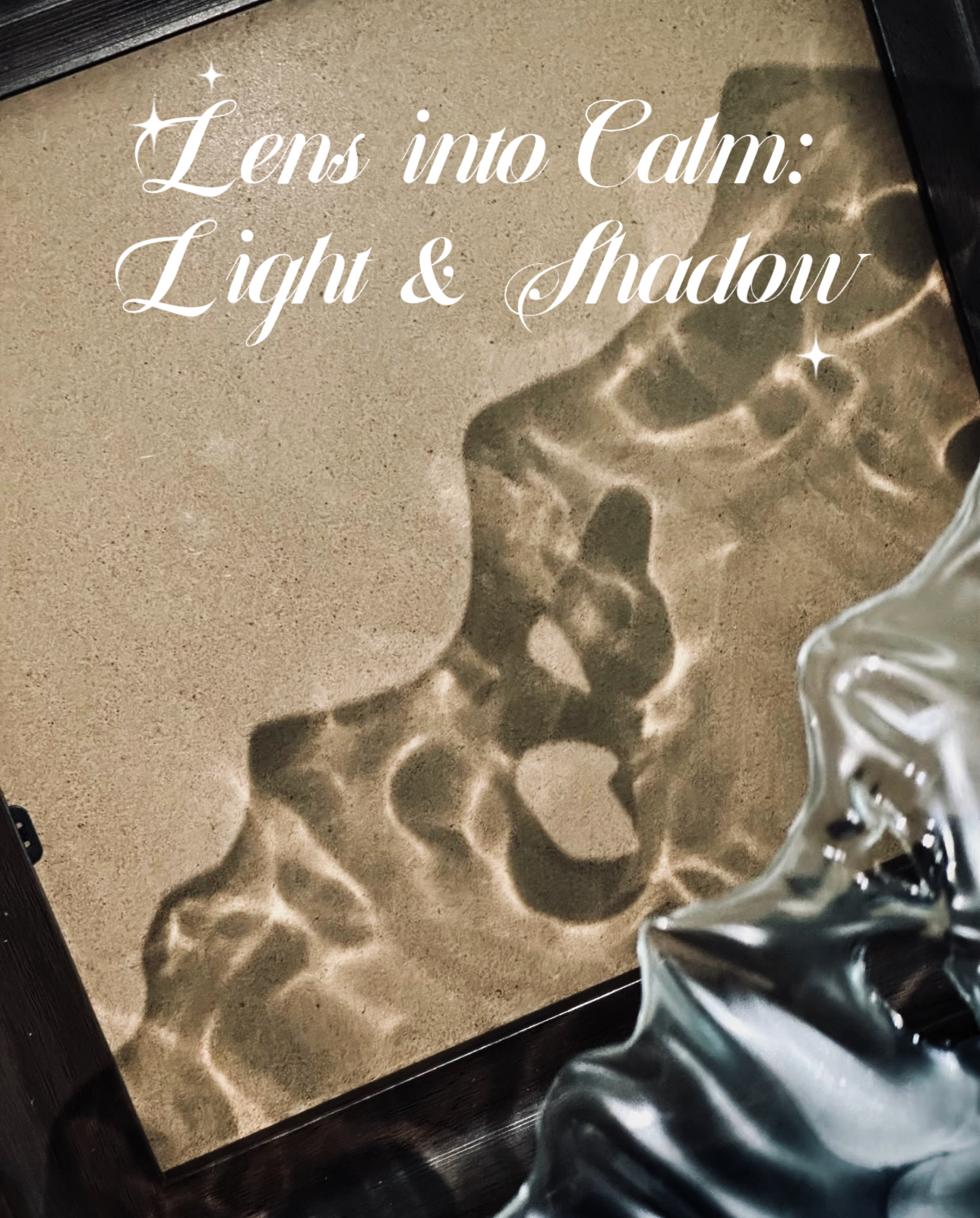
Summary
This open toolkit serves as a 20-minute creative photography tutorial guide, enabling learners to capture inner imagery through listening to music during meditation, design and construct light and shadow scenes using everyday objects and tools, and finally take photos using a mobile phone or camera.
📖Introduction
Have you ever experienced moments like this—where meditating to music creates vague yet soothing images in your mind, and you wish to freeze this dreamlike memory, yet don’t know how to capture it through the camera lens?
Master photographer Ansel Adams once said: ‘Photography is the art of capturing emotion and light in a single moment.’
This 20-minute open toolkit tutorial helps you achieve this ‘capture’—no complex equipment needed. Use everyday items to build light and shadow scenes, awaken inner imagery with meditative music, and easily create your own creative works using either your mobile phone or camera.
🎯Learning Objectives
- Engage in meditation and visualisation to expand imagination, enabling emotional self-expression by transforming vague inner imagery into concrete artistic visualisations.
- Employ everyday objects to construct personalised visual scenes, shaping light and shadow effects to discover beauty within daily life.
- Master fundamental photography techniques and compositional skills, applying them through practical shooting of constructed scenes.
🎨Material preparation
- Audio playback devices/headphones for music -playing
- Scissors/glue/torch/cellophane/glass cup/leaves/tissue paper/A4 paper/pen etc. everyday tools
- Camera/mobile phone (as photography tools)
Are you ready? Let’s start!
Step One: Meditation Session ( 5 minutes )
Play the provided meditation music, complete calming breathing exercises, visualise the scene in your mind, and extract the core elements.
After listening to the music, you may think independently and engage in imagination, then complete the following questions based on your own imaginings.
This music made me feel (select multiple emotions): __________ (healing, surprise, peaceful…)
My core imagery (to be completed after meditation): __________ (Stream beneath the starry sky)
Break down core visual elements (circle 1-2): □ Circular light spots □ Curved lines □ Coloured light and shadow □ Irregular fragments □ Creeping vines □ Other______
Step Two: Construction Session ( 12 minutes )
Twelve-minute construction session: Visualising the conceptualised scenes by constructing lighting and settings using everyday objects.
Inspiration:
Suitable for dreamlike scenes ➡️ Coloured cellophane + plastic bottles ➡️ Create richly varied coloured light spots

dreamlike scenes © 2025 by Vivien Jiang is licensed under CC BY-NC-SA 4.0
Suitable for morning mist highlights and natural textures ➡️ Leaves + Light source (flashlight) ➡️ Creating leaf vein textures
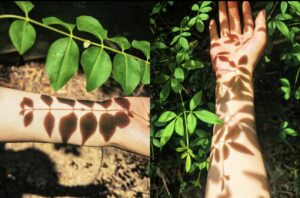
Leaf veins © 2025 by Vivien Jiang is licensed under CC BY-NC-SA 4.0
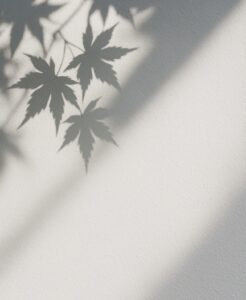
leaf vein textures © 2025 by Vivien Jiang is licensed under CC BY-NC-SA 4.0
Suitable for streamlight effects and subconscious fragments ➡️ Glass cup + light source (flashlight)➡️ creates distinct, irregular textures with clear detail
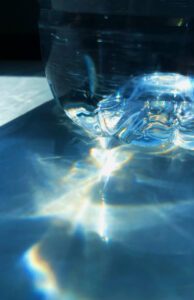
subconscious fragments © 2025 by Vivien Jiang is licensed under CC BY-NC-SA 4.0
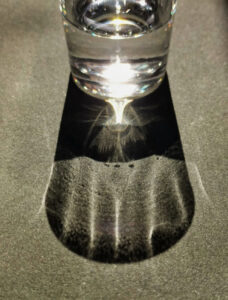
streamlight effects © 2025 by Vivien Jiang is licensed under CC BY-NC-SA 4.0
Step Three: Photography Session ( 3 minutes )
Using your own prepared shooting equipment, press the shutter to capture the constructed scene and the lighting effects you have created.
📷Basic Composition Techniques:
Rule of Thirds: Divide the frame into a “nine-grid” pattern, positioning the glass (or other subject) / focal point of light and shadow at the intersection of the grid lines to avoid the flatness of central placement.
Leading Lines: Utilise the curves of props or lines of light and shadow to guide the viewer’s gaze towards the main subject, enhancing the image’s appeal.
Symmetrical Composition: Suitable for conveying a sense of calm and stability, placing the subject along the central axis of the frame.
📷 Camera Photography Tips:
| Imagery Type | Exposure Strategy | Recommended Parameters | Effect |
|---|---|---|---|
| Bright and Transparent | Exposure +0.3EV | ISO 100-200,f/5.6-f/8,1/125s | Enhances glass transparency with bright, distinct light and shadow |
| Mysterious and Profound | Exposure -1.0EV | ISO 100,f/2.8-f/4,1/60s | Darken background to accentuate subject’s light-shadow contrast |
| Dreamy Softness | Normal Exposure | ISO 200,f/4-f/5.6,1/60s | Preserve detail while achieving natural bokeh blur around light sources |
Press the shutter!
Treat it as a momentary relief for your emotions, a creative companion during solitary moments.
Listen to your heart in meditation, capture light and shadow with everyday objects around you, and ultimately create a unique, personalised creative photograph of light and shadow.
(Lens into Calm: Light & Shadow © 2025 by Vivien Jiang is licensed under CC BY-NC-SA 4.0)


